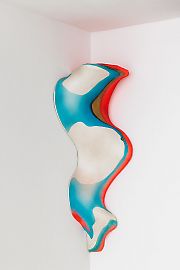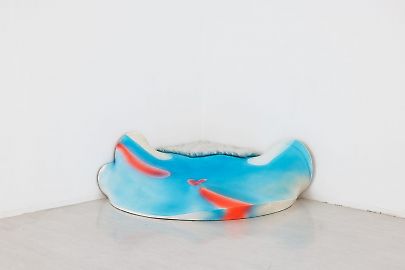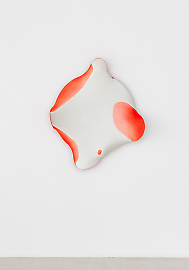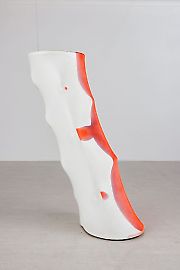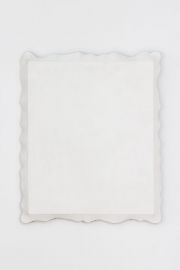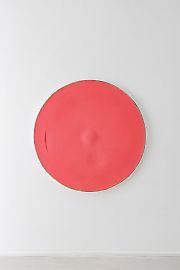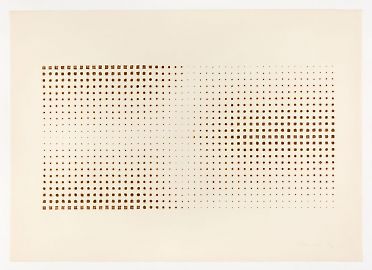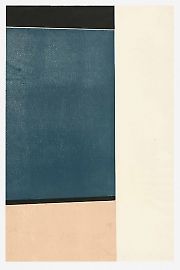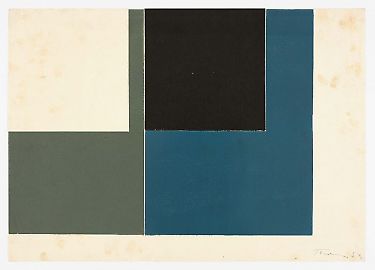Erwin Thorn Estate
Geometric shapes and organic forms coexist in the conceptual works of Erwin Thorn (1930–2012), where they articulate the visual as a system of coordinates that redefines space and our conceptions of it. His works give an idea of Thorn’s radical rethinking of the canvas as a medium of artistic expression. His works from the late 1950s to the early 1970s restructure the perception of matter, space, and light. In line with the maxims of the ZERO movement, the artist pursued the purity of formal reduction and non-expression. More akin to reliefs than paintings, these works engage in a play of light and shadow, that depart from the conventional pictorial space to embrace biomorphic architecture. For Thorn, the color white signified not the end but the beginning of a concise exploration of transcending the materiality of the image and deconstructing the myths of traditional painting. He loosened the frame holding the canvas, altering its tension and allowing the materiality of the painting to radiate sculpturally into space. In doing so, he also exposed the conditions under which art is created and received. Thorn’s column-like sculpture titled Von der Wiege ins Boot from 1970/71 eventually dismantles the boundaries of the canvas entirely. It permeates the space, yet in its upright, almost Baroque figuration, it reflects the patriarchal structures that permeate both society and art. Positioned apart from the mainstream of the Austrian art scene of his time, Thorn’s work still surprises us today with its timeliness. Discursive yet formal, it challenges nothing less than the way in which art can change our perception.
Vanessa Joan Müller
Selected solo exhibitions Georg Kargl Fine Arts, Vienna (2024); Georg Kargl Permanent, Vienna (2010), Georg Kargl BOX, Vienna (2008), Modern Art Galerie, Vienna (1979), Galerie nächst St. Stephan, Vienna (1972), Museum des 20. Jahrhunderts, Vienna (1971, 1969), Galerie im Taxispalais, Innsbruck (1970), Galerie Wulfengasse 14, Klagenfurt (1964). Recently his works were shown in various group exhibitions: From Fibre to Form, Kunsthaus Dahlem, Berlin, (2024); Picture this! The Belvedere Collection from Cranach to EXPORT, Belvedere, Vienna, (2023); Lost in Space, Raum, Ding und Figur – Entwicklungen innerhalb der Skulptur seit 1945, Museum Liaunig, Neuhaus (2022); Avant-Garde and the Contemporary, Belvedere21, Vienna (2021); THE BEGINNING - Art in Austria 1945 to 1980, Albertina Modern, Vienna (2020).
His works are included in numerous private and institutional collections such as Albertina, Vienna; Belvedere, Vienna; Colección Ella Fontanals Cisneros, Miami; Neue Galerie Graz, Graz,; Collection die Angewandte, Vienna; mumok, Vienna; Storm King Art Center, New Windsor, New York; Artothek des Bundes, Vienna; Wien Museum, Vienna; Tiroler Landesmuseum Ferdinandeum, Innsbruck; Fundación Allegro, Salamanca.



